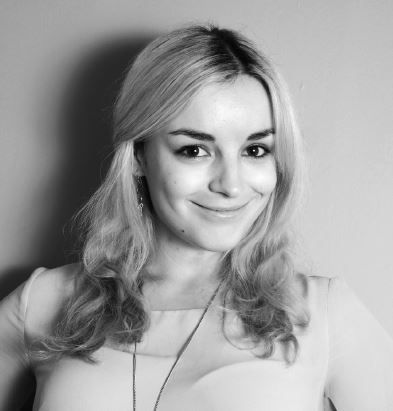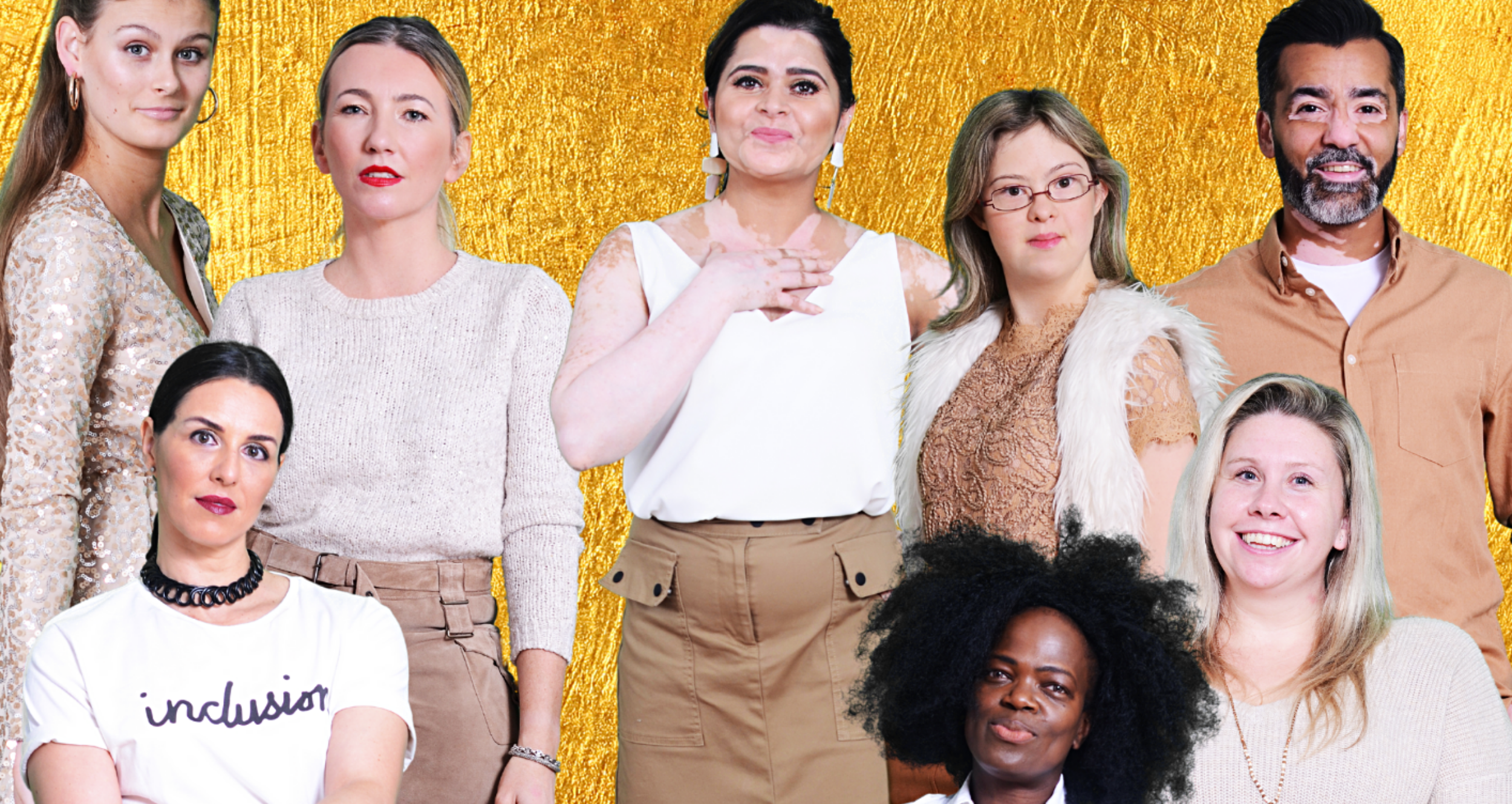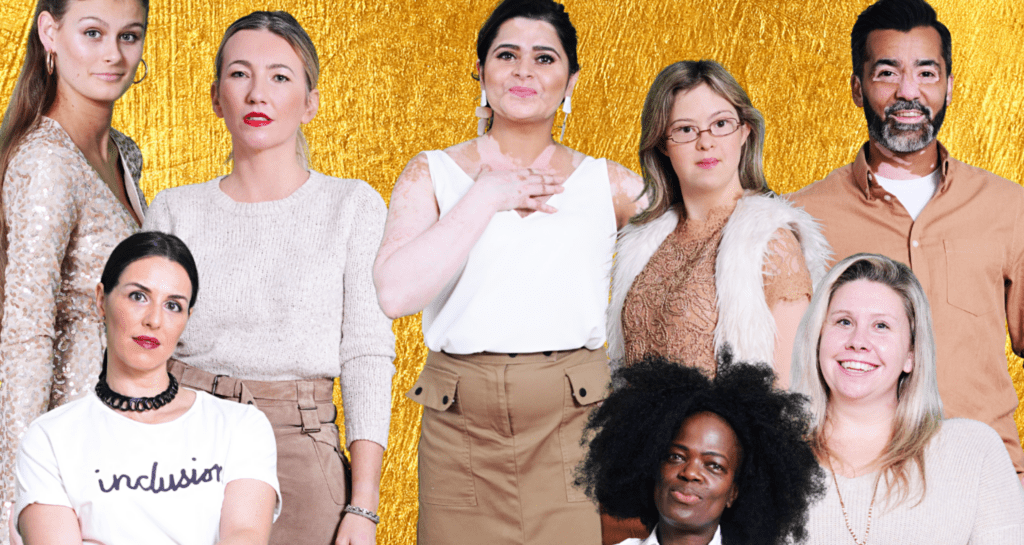You have probably heard a lot about diversity in recent years. You’ll know that it’s been a huge and controversial issue, with protestors pushing for diversity and representation across all forms of media. While Hollywood films, fashion magazines, and business leaders may have been heavy targets, all kinds of photography should also be considered as places where we can push for more representation.
Diversity in photography means ensuring that your photos include people from different backgrounds and walks of life, rather than always presenting a homogeneity in the models you shoot. There are some surprising benefits to taking this route, and once you’ve learned what they are, you’ll be keen to incorporate more representation in your shots. This guide will show you how.
Here is what we will cover:
- The benefits of diverse photography
- Diversity vs. tokenism
- Finding diverse models
- Presenting a balanced portfolio
- Working with (new) minorities
Recommended Reading: If you’d like to learn how to create amazing portraits, grab a copy of Photzy’s premium guide: The Art of Portrait Photography.
The Benefits of Diverse Photography
First, let’s talk about why you should be worried about including diversity in your photography in the first place.
The obvious answer is that it’s the right thing to do, but of course, that’s not always a strong enough motivator! So, let’s look at some of the benefits of including diversity in your photography so that you can understand why you might want to try it.
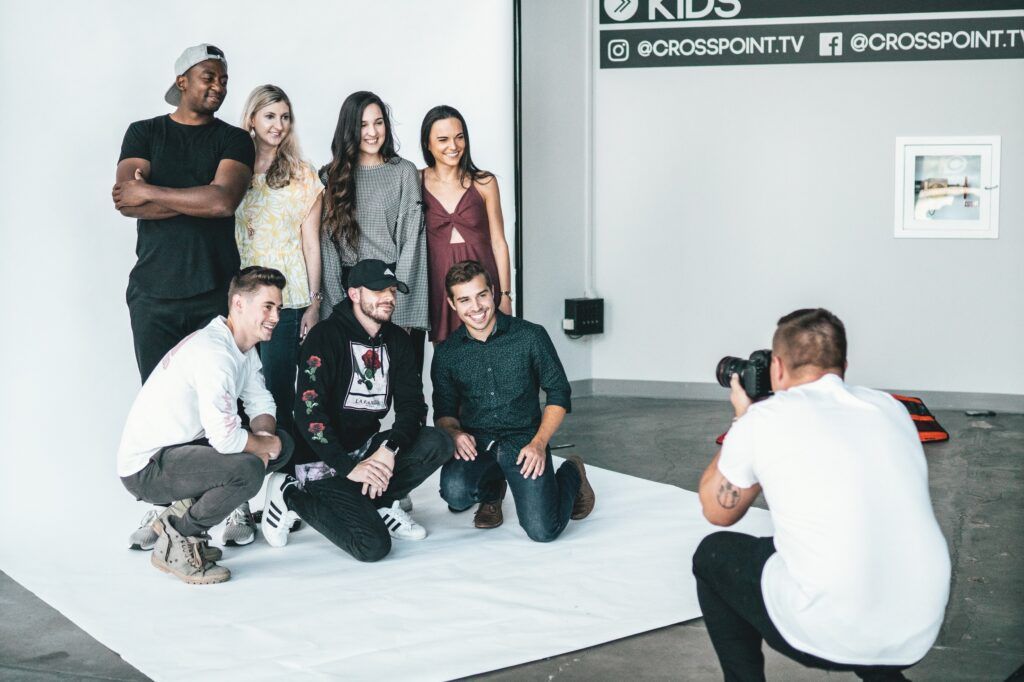
Shooting diverse subjects can be good for your photography! Photograph by Cody Lannom
The biggest thing you will find is that you can open yourself up to an audience. With photography, people are often looking to find themselves in your portfolio. They’ll look for a person who seems just like them and who you have photographed beautifully, and then they will feel confident that you can provide the same service for them.
But if you don’t have anyone that looks like them in your portfolio, how will they be able to trust you to capture them well?
In this age of social media, another benefit is that you might be able to avoid your business attracting some nasty comments and reviews. It’s become more and more common in recent years for photographers and artists, especially those with large platforms, to attract criticism for not representing diversity in their profiles. If you only shoot skinny, white, female models, for example, don’t be surprised if you start seeing comments about how you fail to represent those who are larger, from other races or other genders.
It’s become more and more common in recent years for photographers and artists, especially those with large platforms, to attract criticism for not representing diversity in their profiles.
Finally, shooting people other than your own ‘tribe’ will allow you to develop your skills further and meet more interesting people. If you’re a white photographer, do you know how to balance the exposure of your shot for darker skin? If you’re used to a studio setup, do you know how you would need to adapt your studio for a person in a wheelchair? These skills may be extremely useful later down the line and could make it possible for you to accept work with confidence that you would otherwise be unsure about.
Key Lesson: The more you work with people from different backgrounds, the more benefits you’ll see. A wider client base and better work opportunities are only the tips of the iceberg!
Diversity vs. Tokenism
Let’s talk about a very important point: the difference between true representation and mere tokenism.
Tokenism is when you decide to put someone into your shot, your campaign, your portfolio, or so on for the sheer fact that you need more diversity. It’s often very easy to spot, because it isn’t done well or respectfully, and that one person stands out as being different from all the rest.

This image may hit a ‘quota,’ but how diverse is it? Photograph by Naassom Azevedo
Real diversity comes when you are mindful about including different types of people throughout all your work, not just as a one-time thing and not just because you feel you must. It’s about embracing the fact that there are lots of different kinds of people in the world, and even in the microcosm of your city or region.
Tokenism is deciding that one in every five models in your campaign should be Black, and then including a Black model just for the sake of meeting that target. Diversity is working with models based on their ability and how great they’ll look in the shot, not based on the color of their skin.
And if you feel that only models of one type will fit your portfolio…? Then you might need to take a closer look in the mirror and reevaluate that approach.
Key Lesson: Including models because you feel you must is never a good idea. True diversity means embracing people from different backgrounds as part of your ongoing cast of models and clients, not just making a one-time effort.
Finding Diverse Models
Now you understand why diversity is important, how do you start embracing it in your portfolio?
The first thing is to expand the range of your shots by finding more diverse people to work with. This process may differ depending on the kind of photography you do. If you’re a family photographer, you could reach out to people that you know personally and offer them a free shoot.
Things could get awkward, and therefore it’s so important to understand the difference between tokenism and diversity. If you explain to them that you genuinely have noticed a shortcoming in your portfolio and you don’t feel like it’s right to leave minorities unrepresented, then you’ll get a lot further than telling them that you need to hook a certain market.
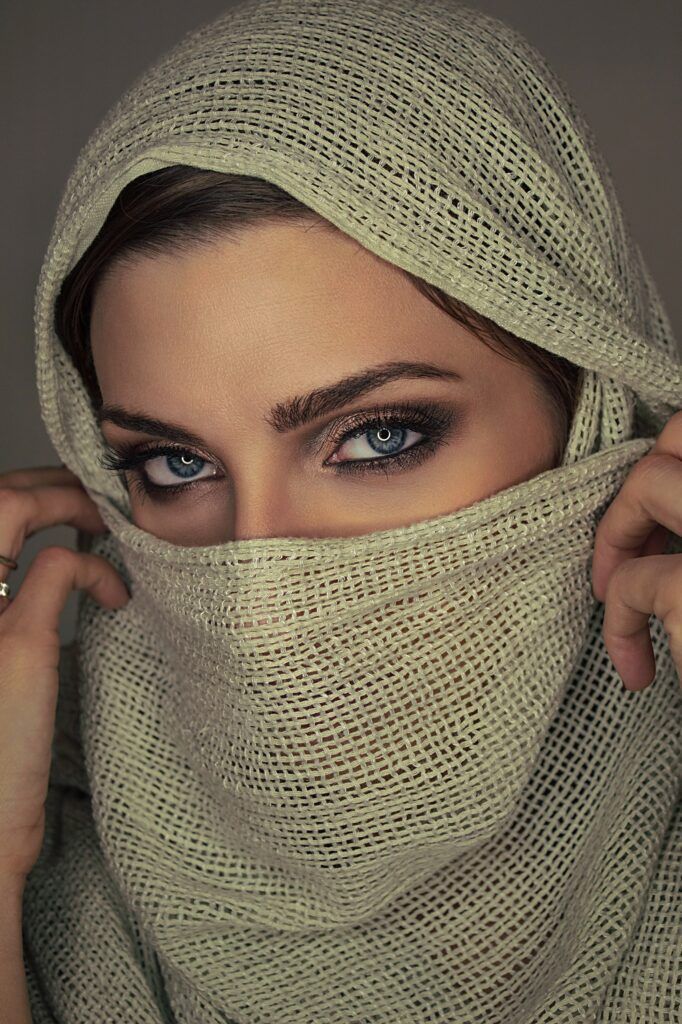
Models from different backgrounds can offer amazing new opportunities for your portfolio. Photograph by Apostolos Vamvouras
If you regularly use models, you can simply start casting in the way that you normally would, but this time, cast your net wider. Look outside the models you would normally work with and find someone who has something different to offer. This could mean any of the following:
- Someone from a different race/with a different skin color
- Someone who dresses according to different religious rules; for example, think modest dressing for Muslims, or turbans for Sikhs
- Someone with a different body shape or type
- Someone with visible differences to the average model, like Vitiligo, acne scars, cellulite, or so on
- Someone with a disability; although this need not always be a visible disability, in the medium of photography, it does help!
- Someone from a different age bracket; for example, an older model
- Someone of a different gender or sexuality
You don’t have to cast specifically for someone in each of these categories. Just open your mind, loosen your usual search criteria, and see who’s out there. You may be pleasantly surprised!
Key Lesson: Casting for people just to boost diversity in your portfolio can feel exploitative, so rather than thinking of it as a sales tactic, start looking for models who you feel would genuinely look great in your portfolio, who just happen to be different to your usual subjects.
Presenting a Balanced Portfolio
How do you decide who to include in your portfolio? How many models from each background should you include? How much diversity is too much?
If you’re still struggling with these questions, you might want to go back and read the earlier sections of this guide again!
Let go of the idea of targets, percentages, and quotas. Your portfolio should always be, and still should be, the definitive collection of your best photographs. It should include the shots that you feel are most likely to get you more sales in the future which represent you best as an artist and what your abilities are.
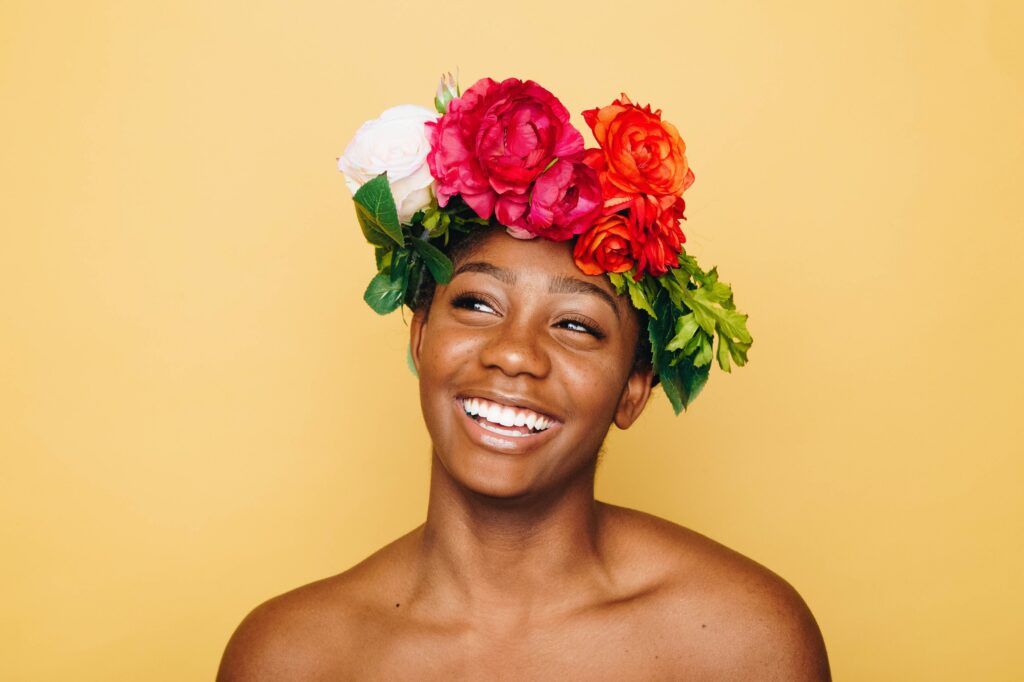
Include her because the image is stunning – NOT because you ‘need a Black model’ in your portfolio. Photograph by Autumn Goodman
So, what if you’ve done all this work and you feel like the shots featuring diverse subjects still aren’t good enough for your portfolio?
Let go of the idea of targets, percentages, and quotas. Your portfolio should always be, and still should be, the definitive collection of your best photographs.
Well, then you need to get back to the drawing board and take some more!
Working with a new kind of subject is always going to be a learning curve, so practice until you reach perfection, and focus on quality for your portfolio, not targets. You’ll find that it organically becomes diverse and balanced over time.
Key Lesson: A portfolio is a collection of your best shots, no more, no less. The more shots you take of diverse models, the more likely that some will be your best!
Working With Minorities
When you work with a minority that is new to you, you might have a lot of nerves about getting it right, and that’s only natural.
Here are some key tips that will help you navigate the shoot successfully:
- Treat all your clients or models with the same level of respect and politeness, no matter who they are or where they come from.
- If you are unsure, approach the model or client before the shoot to ask if there are any accommodations you can provide to make them more comfortable.
- Educate yourself on the cultural differences you may experience; for example, you should know the etiquette for working with a female Muslim model if you are a male photographer!
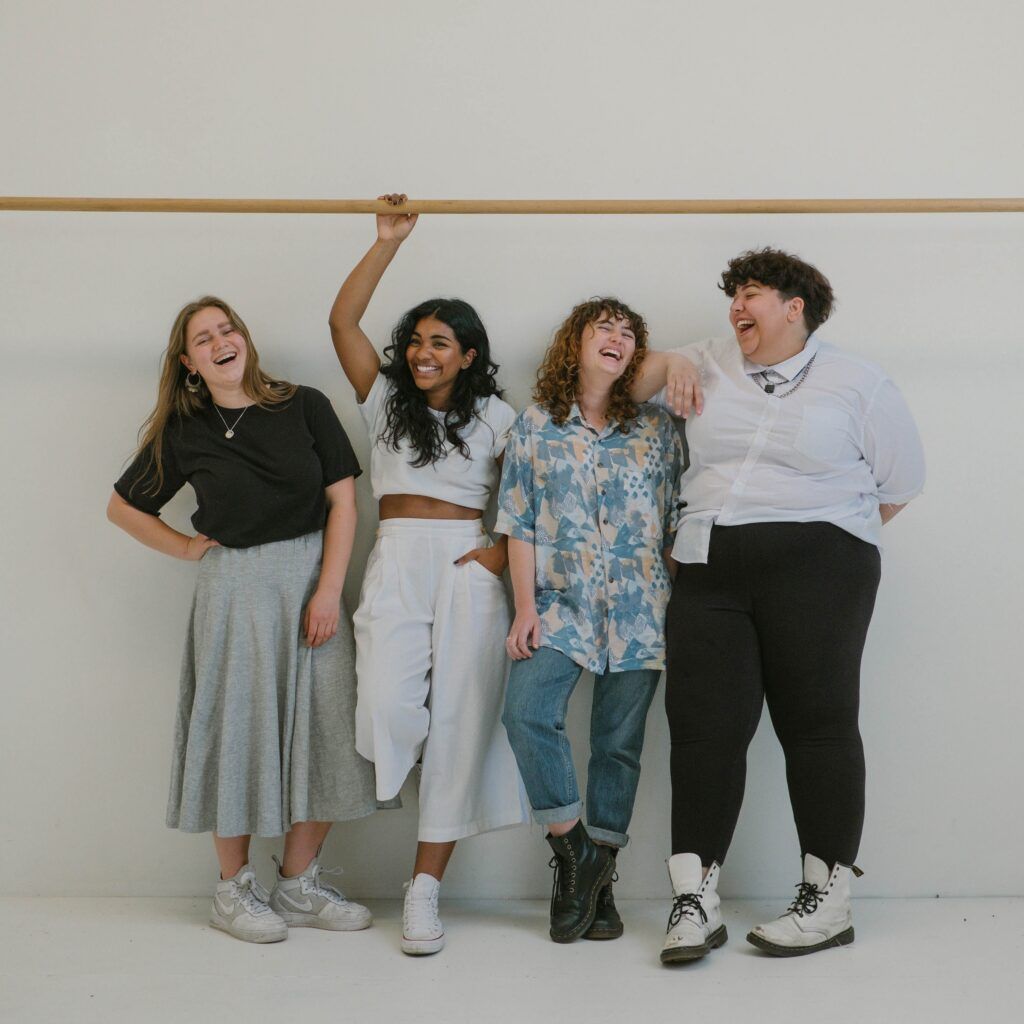
Making everyone comfortable will give you the best results! Photograph by Gemma Chua Tran
- Be open to criticism and education even while on set. If someone tells you that you’ve gone about something the wrong way, listen to them.
- Remember that coming from a different place doesn’t make someone an alien creature – they’re still a human and likely have a lot of the same values and outlooks as you do!
- Consider undergoing diversity training with a reputable company if you feel that you don’t know where to start, particularly if you have held old-fashioned views until now – it could be a difficult shift.
- Look up fun lists like “the 20 things no person in a wheelchair ever wants to hear.” You can avoid some faux pas this way!
Key Lesson: Educate yourself, don’t rely on your clients to educate you. Remembering that we’re all human, no matter our background will get you a long way!
Recommended Reading: If you’d like to learn how to create amazing portraits, grab a copy of Photzy’s premium guide: The Art of Portrait Photography.
Conclusion
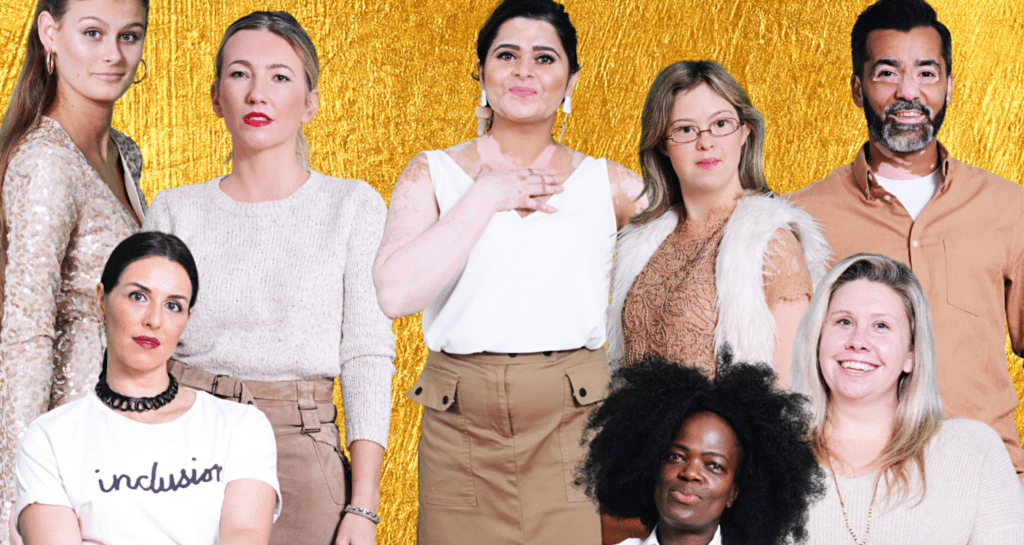
Photograph by Rhiannon D’Averc
Diversity is extremely important in all walks of photography. Here’s how you can include it in your portfolio:
- Forget targets and quotas and simply start looking for models who are different from your norm.
- Find a way to build a new range of shots for your portfolio.
- Educate yourself on the needs and customs of different models and clients.
- Treat everyone with the same level of respect.
- Present your best shots, rather than those which hit your diversity ‘goals.’
- Practice working with people from other backgrounds until you get it right.
Self-Check Quiz:
- How can diversity in your portfolio help your career?
- What is tokenism?
- Where can you find diverse models or clients?
- What is one type of diversity you can think of for your subjects?
- How many shots in your portfolio should feature ‘diverse’ models?
- How should you treat your diverse clients/models for the best chance of success?
- Whose responsibility is it to educate you about people from different backgrounds to your own?
Learning Assignment:
Choose a minority that is represented in your local area and which you know little about. It could be migrants from a different country or a religious group you haven’t interacted with much, people with a certain disability, etc. Research them and think about the needs they would have for a photo shoot. How can you make them feel comfortable on set? How would you be sensitive to those needs while shooting them? What would you do differently from normal, if anything?

